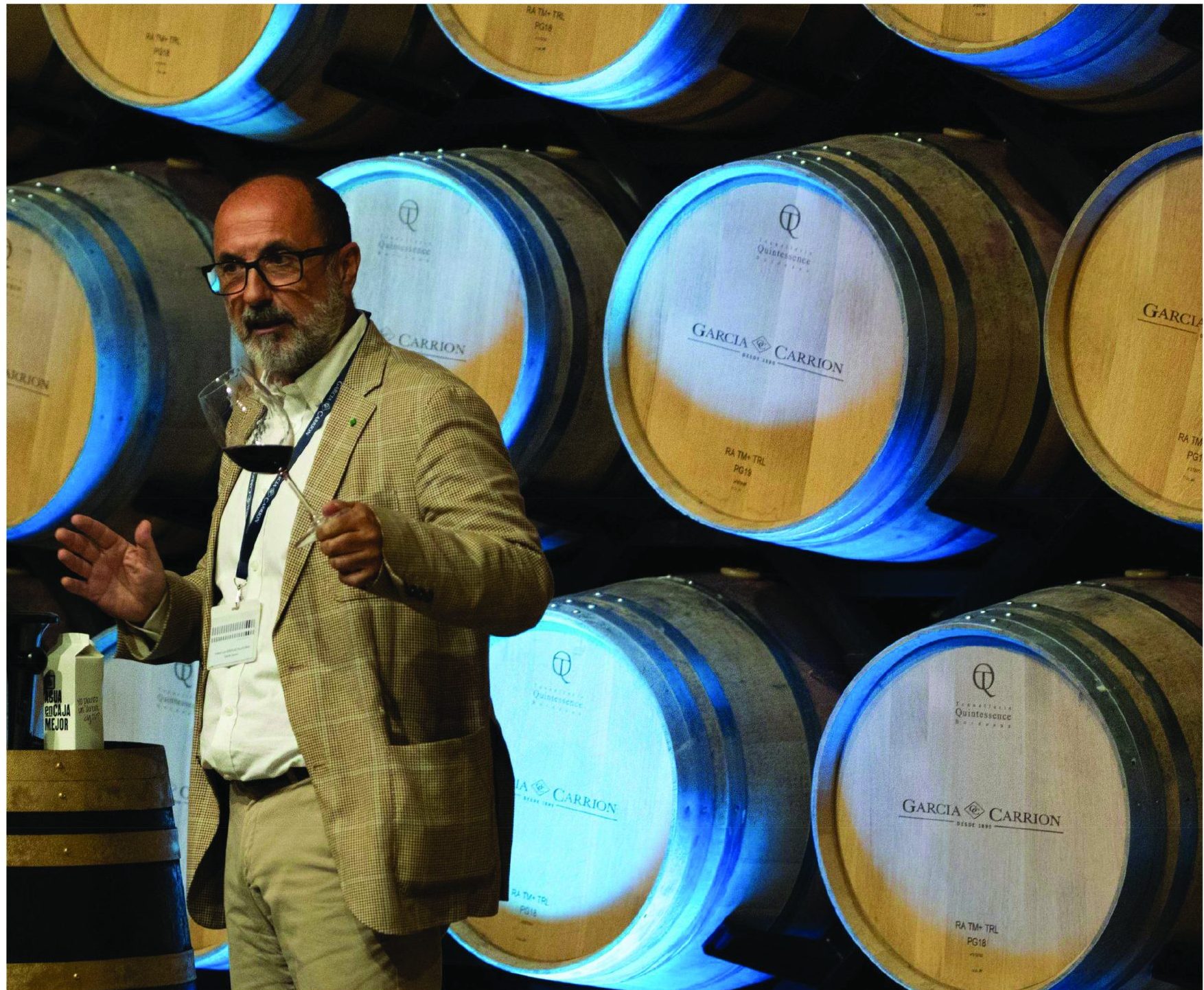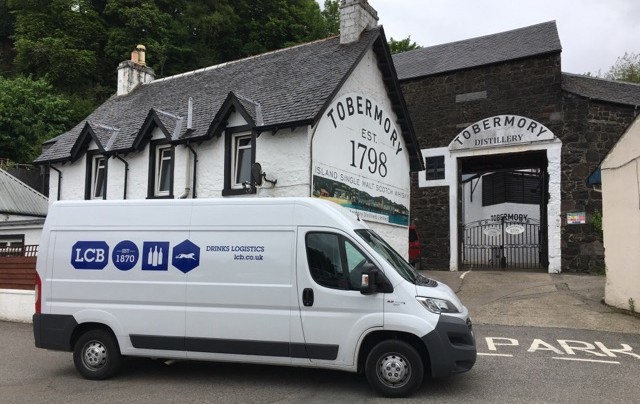Study claims agricultural spray reduces levels of smoke taint
A study conducted by The University of British Columbia (UBC) claims that applying an agricultural spray made of phospholipids reduces levels of volatile phenols found in smoke-exposed grapes.
Author of the report, Wesley Zandberg, assistant professor in chemistry at UBC Okanagan, called the results “encouraging”.
Zandberg and his team tested multiple substances, finding that a spray composed of phospholipids – lipids that are usually used to prevent cherries from cracking – applied to grapes one week before smoke exposure led to “significantly reduced” levels of smoke taint.
Zandberg noted that unless a winery has access to testing facilities, smoke taint will only be detectable once the grape juice has undergone fermentation.
Wine grapes absorb compounds in the smoke, coating them in sugar using enzymes and thus masking the “smoky odour and taste”. This sugar is subsequently consumed by yeast during fermentation, and smoke taint becomes detectable.
Back in 2017, Zandberg announced that his team had developed a chemical test for smoke taint, which could be carried out prior to fermentation.
Zandberg added: “When you look at the catastrophic wildfire seasons California and British Columbia have experienced in recent years, and the season Australia is experiencing now, I don’t think a solution can come quickly enough. This strategy has shown potential in its ability to protect crops.
“In 2003, the wildfires in Australia cost their wine industry $300 million dollars in lost revenue, and I imagine they’ll experience a similar loss this year, if not more.
“Our team has developed a strategy that’s proven to be successful, but there’s still a long way to go. Now, we need to work on replicating and refining these results to alleviate crop losses experienced globally by the wine industry.”
Zandberg’s is one of many studies currently being undertaken on smoke taint. Earlier this month, Australia’s National Wine and Grape Industry Centre (NWGIC) and Charles Sturt University in New South Wales announced that they were working with the growers to test grape samples in order to understand the potential impact of the smoke exposure on their vines.
Partner Content
While only 1% of Australia’s vines were damaged in the recent wildfires, it is believed a higher percentage of the grape crop will be affected by smoke taint.
Tyrrell’s, based in New South Wales, has decided to “severely” reduce its 2020 vintage by as much as 80% due to smoke taint fears, while Clonakilla has said that “unacceptably high levels of smoke taint” across all varieties means it will not be producing a 2020 vintage.
Other products are also in development and are undergoing trials.
Finnish fire safety company Xpyro have developed a spray called Bonsoguard, which it claims could protect vineyards in the future.
According to the company’s global fire prevention specialist, Mike Jurvélius, the magnesium-based product can be sprayed directly on the ground, or onto vines, to create fire-breaks.
Jurvélius states that the product contains some elements commonly found in fertilisers, and once exposed to rainwater, will dissolve and nourish the soil.
So far, the spray has only been tested in Finland to control forest fires. It has been tested by the Finnish defence forces for the past two years.




